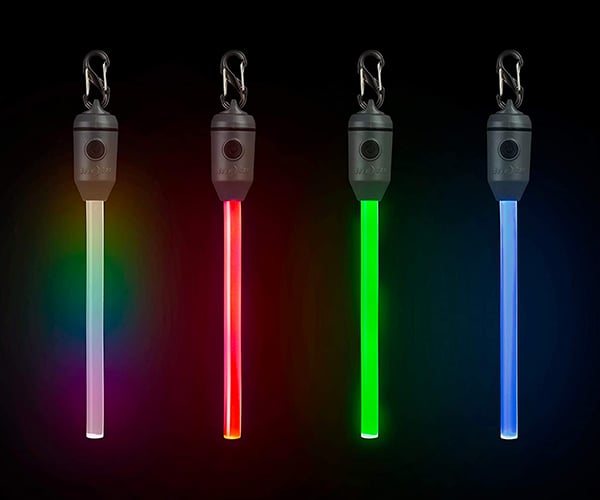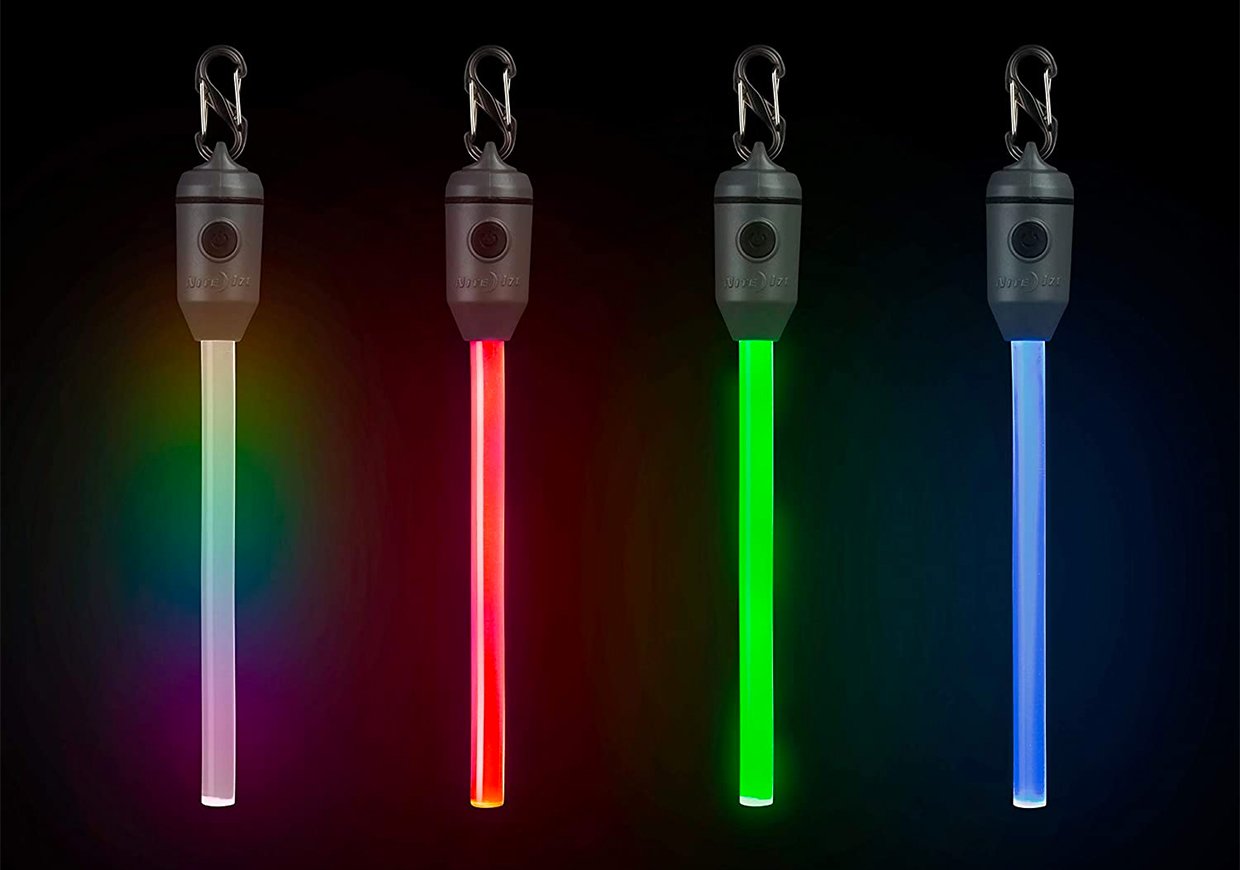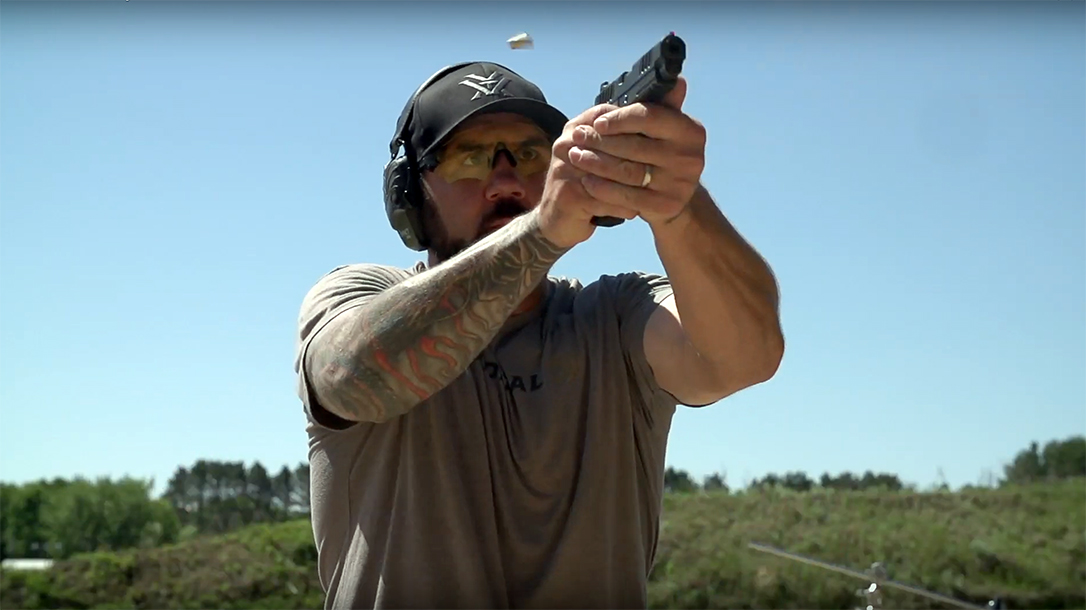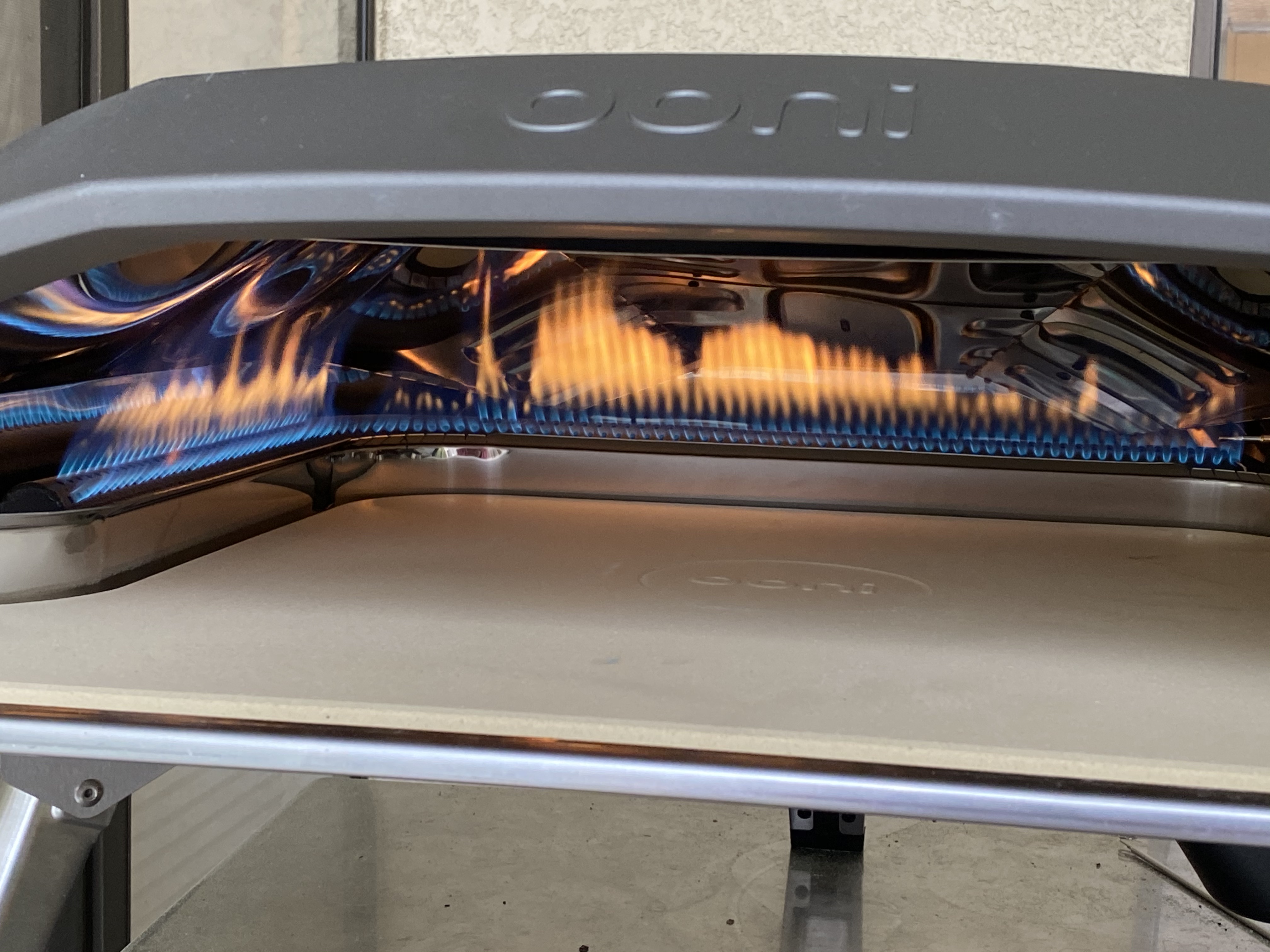9 Ledlenser Lights to Illuminate Your 2020
https://ift.tt/2Vudln0
Whether it’s an everyday-carry pocket light, a stationary work light, or a fully featured flashlight for hunting and fishing, Ledlenser makes a product to meet your needs.
A field-worthy flashlight is one that can easily adjust from spotlighting the trail ahead to a strong, focused beam for locating the next cairn. Or maybe you’ll sleep better once you’re sure what you saw in the woods was just an odd-shaped tree.
Ledlenser lights have high-intensity LED beams, metal cases, and ergonomically designed features. Like knives and other outdoor essentials, you can find cheaper alternatives. But low-cost options often aren’t built with longevity in mind.
Flashlights, Headlamps, Lanterns, and More
These nine products exemplify the range of lighting options made by Ledlenser. And yes, the full line runs deep.
MH11 Performance Headlamp: $160
The flagship (and brightest) of Ledlenser’s headlamps, the MH11 was built to run 100 hours at 10 lumens, or switch over to Boost mode to light up surroundings at 1,000 lumens.
The companion Ledlenser Connect App lets you create and adjust the light to personalized settings within that range. In addition, there’s an RGB front light, a battery status indicator, and a magnetic charging cable.
We wrote about its best-selling predecessor, the MH10, here.
See the MH11 Performance Headlamp
K4R Keyring Flashlight: $25
Its slim aluminum case houses an LED that Ledlenser claims produces up to 60 lumens in a wide array. Smaller than most car key fobs, the light clips onto keys or bags with a metal snap hook and is rechargeable via USB.
See the K4R Keyring Flashlight
Torches (aka Flashlights)
T2QC Flashlight: $40
A pocket-friendly flashlight for hunting, fishing, or camping, this “Quatro Color” torch can toggle between white, red, green, and blue for observing and tracking game.
P7R Flashlight: $90
One of Ledlener’s best-sellers, the P7R showcases three power modes. The brand touts its ability to produce up to 1,000 lumens at 688 feet or be turned down to act as a floodlight. And the P7R uses a “floating” magnetic charging station (it doesn’t plug or clip in) designed for quick-grab use.
EX7 Safe Flashlight: $88
From the Intrinsically Safe line, the EX7 is designed for use in nearly any environment (Ex-Zone 0/20). The light’s oversized case shape and large magnetic switch aim to facilitate easier handling and operation while wearing safety equipment.
MT14 Flashlight: $100
According to Ledlenser, the MT14 includes multiple technologies, like an adjustable ray that transitions from ambient floodlight to concentrated, long-distance beam. In all, it has four light functions for different outdoor scenarios.
One more feature the brand touts is a battery status indicator on the switch that serves as a visible reminder of when it’s time to recharge via its USB 3.0 port.
Lanterns and Area Lights
iF8R Area Light: $280
The iF8R aims to provide a solution for lighting up a variety of spaces. Ledlenser promises a bright, consistent beam up to 4,500 lumens that can be controlled from a mobile phone while standing in the work area. The idea is to reduce the number of trips up and down a ladder.
Ledlenser designed the iF8R with a cooling system to keep it running for hours without overheating. The iF8R’s adjustable base has a built-in magnet for fastening it to metal surfaces and providing adjustability to angle the light just so.
ML6 Lantern: $80

Designed to deliver glare-free LED to light up a campsite with 750 lumens, the ML6 Lantern has an oversized handle shape for carrying by hand or hanging from oversized branches. The ML6 also doubles as a power bank to recharge other electronics (via micro-USB).
ML4 Mini-Lantern: $50
The ML4 is a 2.5-ounce lantern built to fit in a palm. The brand claims its latest micro-prism technology is powerful enough to provide glare-free light up to 300 lumens. And it achieves that with just nine LEDs.
Campers, take note: It measures less than 4 inches, comes with a red-light lens, and can run on AA batteries between charges.
This article is sponsored by Ledlenser. You can learn more about the brand’s portable lighting options here.
The post 9 Ledlenser Lights to Illuminate Your 2020 appeared first on GearJunkie.
Outdoors
via GearJunkie https://gearjunkie.com
April 16, 2020 at 10:13AM













 The other day on a call, a client asked me an interesting question. We were discussing some testing they were doing in Amazon Relational Database Service (RDS). The question came up “since RDS is managed, how can I prove to my security team that the data is actually encrypted?” We’ve all read whitepapers and blogs that talk about encryption in the cloud, but it is something I’ve not needed to validate before. Instead, I just enable encryption when I create an RDS instance and move along to the next steps of the setup. This discussion really got me thinking – what is the best way to enable and test encryption at rest in my RDS instance?
The other day on a call, a client asked me an interesting question. We were discussing some testing they were doing in Amazon Relational Database Service (RDS). The question came up “since RDS is managed, how can I prove to my security team that the data is actually encrypted?” We’ve all read whitepapers and blogs that talk about encryption in the cloud, but it is something I’ve not needed to validate before. Instead, I just enable encryption when I create an RDS instance and move along to the next steps of the setup. This discussion really got me thinking – what is the best way to enable and test encryption at rest in my RDS instance?













